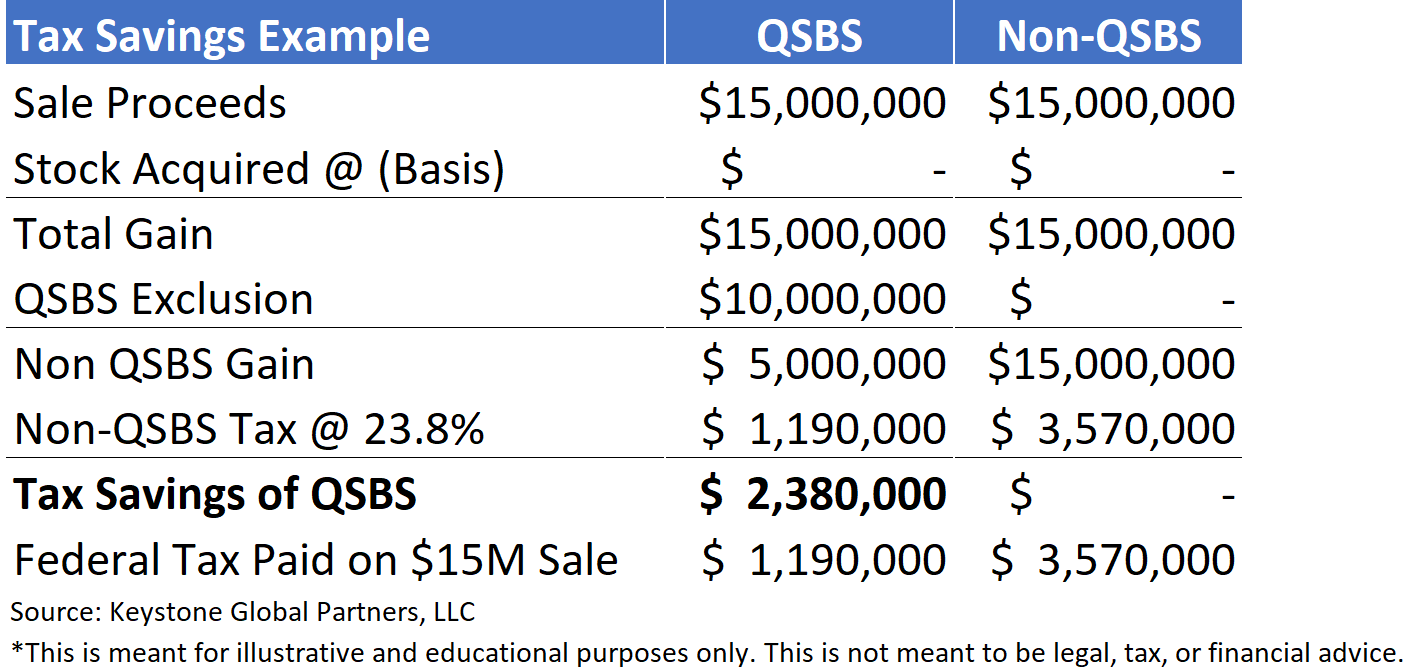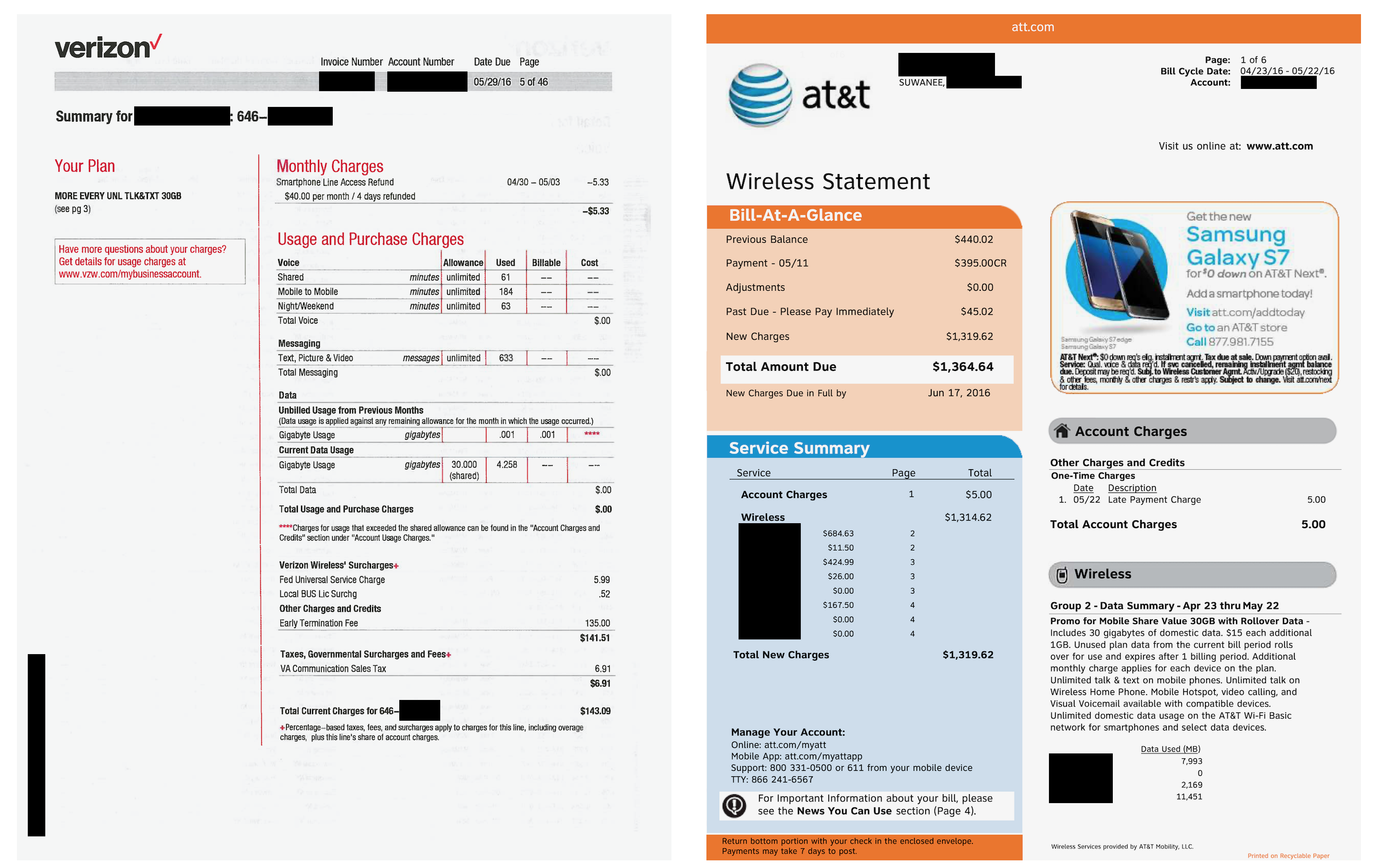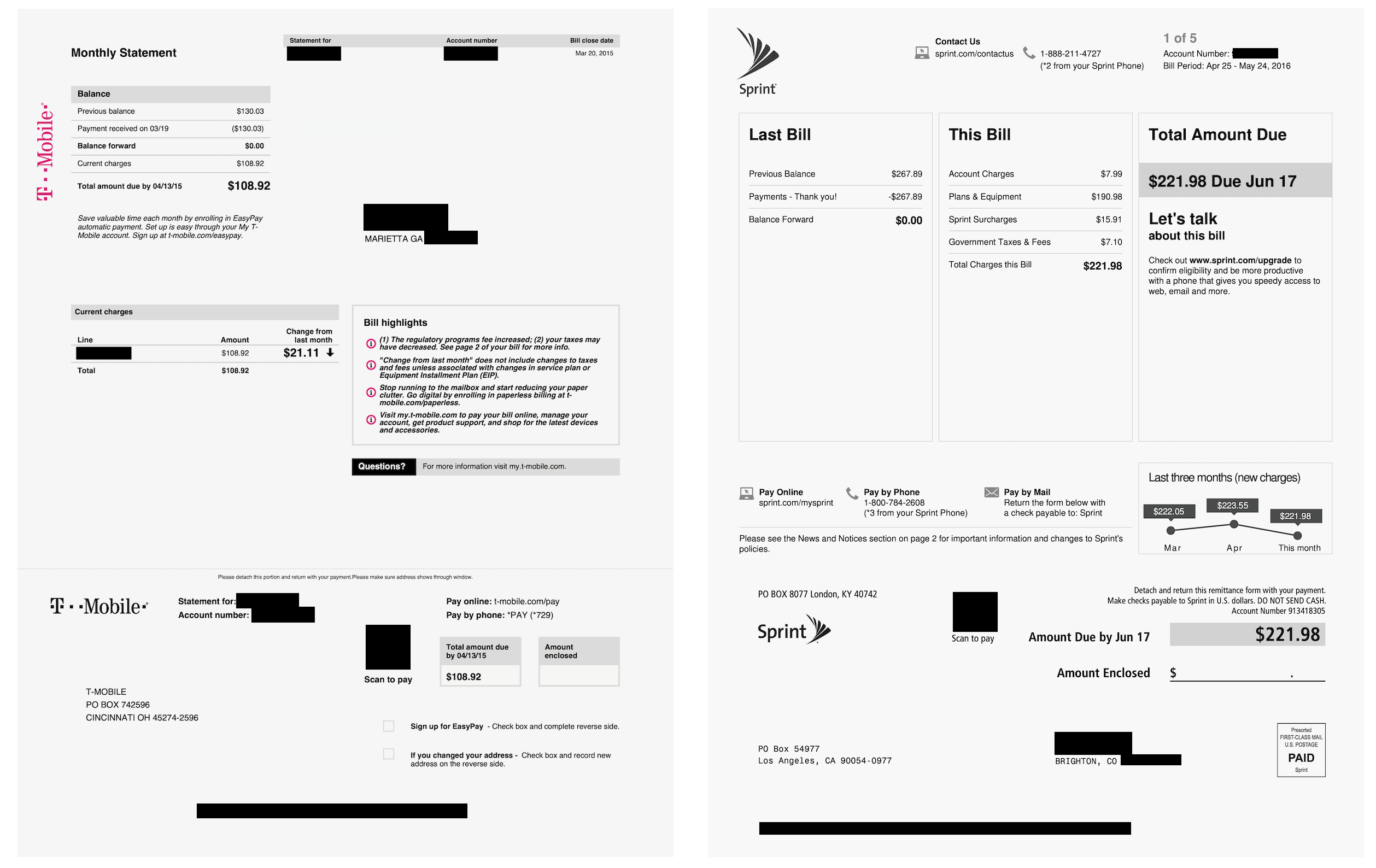We’ve got a packed house for the TC Hackathon that kicks off at Disrupt Berlin 2019 in just six days. We may have limited the number of participants to 500 people, but there’s no limit on the skills, creativity and dogged determination of these coders. Hold up now, there’s still time to save money and buy a pass to Disrupt Berlin. Prices increase 10 December.
We can’t wait to see what this group of worthy competitors will design and build in just 24 hours. They’ve been waiting patiently, and it’s almost time to pull back the curtain and reveal our sponsors, the specific challenges and prizes.
If you’re not familiar with how the Hackathon works, here’s the Cliff Notes version. On day one, participants form teams and choose a sponsored challenge. They have 24 hours to build a working product, and we keep them fed, hydrated and pumped up on caffeine.
Judges review all completed projects and select just 10 teams to move on to the finals on day two. Finalists have two minutes to power pitch their work to the judges — on the Extra Crunch Stage in front of a live audience. A not-to-be-missed event!
Each sponsor announces its winners and awards a variety of cash and prizes. Then TechCrunch chooses one team as the creators of the best over-all hack and awards them $5,000!
Cue the drum roll please — here are the additional prizes waiting for you at the Disrupt Berlin TC Hackathon. Start reviewing your options and planning your design strategy now — and get ready to impress.
TomTom
Location technology can add so much to the services we use every day. Whether it is to locate people, track assets and vehicles, visualize location information or display routes, maps are an essential component to any web or mobile application. With TomTom’s Maps API, developers can easily integrate highly detailed and customizable maps in their application with only a few lines of code.
Your challenge, should you accept it, is to use the TomTom Maps APIs (and combine it with other services) to build an innovative on-demand service. Build the next Uber for delivering food, parcels or groceries — or for getting someone to come and fix your bike.
Prize one: Up to four Nintendo Switches for the winning team.
Prize two: Diversity Heroes Award. We’re giving a prize to the team that leverages its diversity to complete the hackathon challenge, and they’ll receive up to five Lego sets of heroes that leveraged diversity to succeed at a complex challenge.
And we will have another prize or two up our sleeve so stay tuned! The TechCrunch Hackathon takes place at Disrupt Berlin 2019 on 11-12 December. Good luck to all the plucky participants. As for the rest of you, come join us for the thrilling competition and see what determined hackers can build in 24 hours!
Is your company interested in sponsoring or exhibiting at Disrupt Berlin 2019? Contact our sponsorship sales team by filling out this form.









